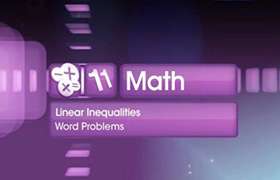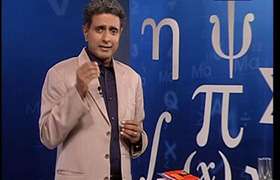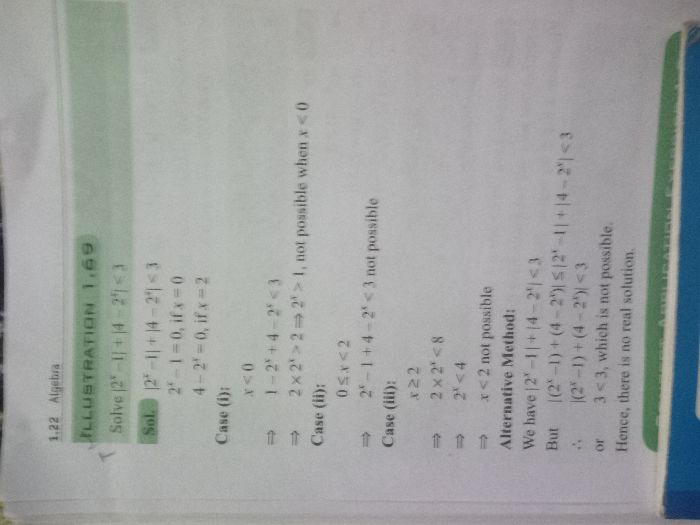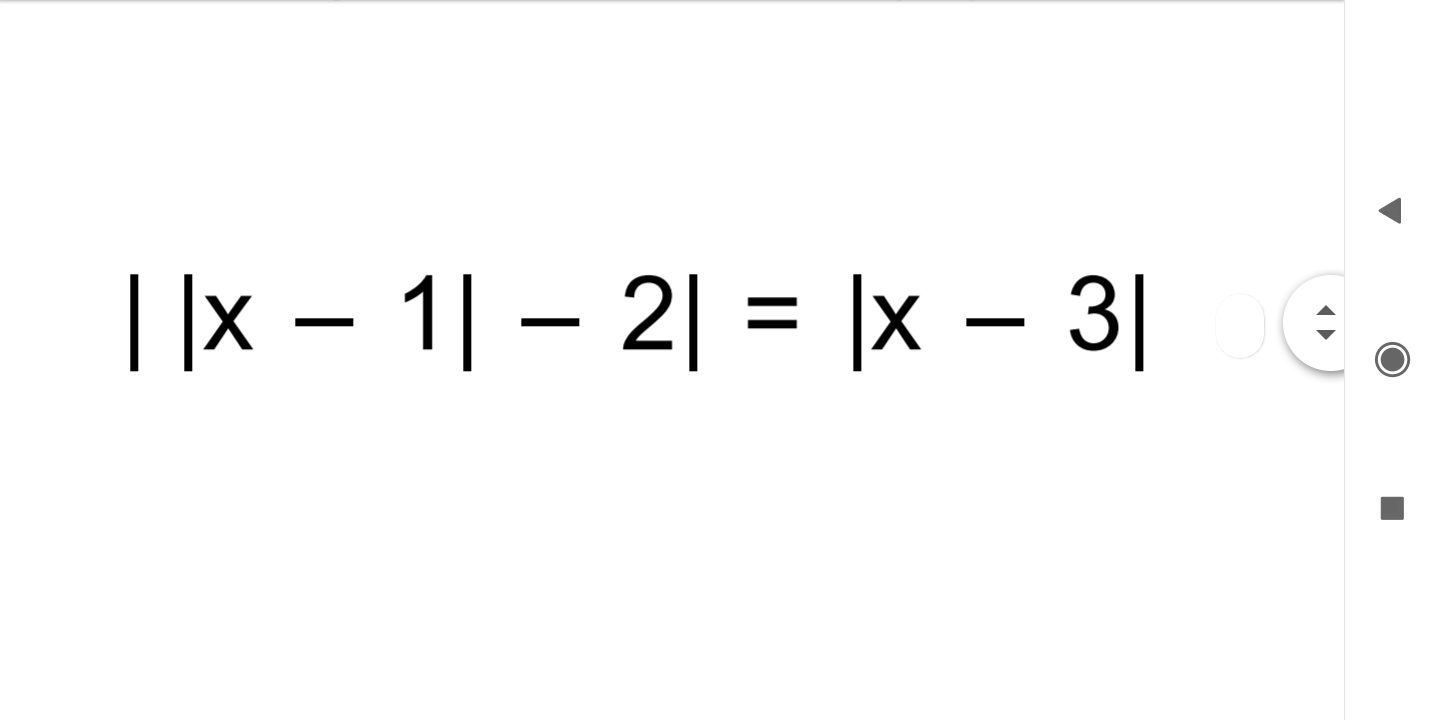CBSE Class 11-science Answered
sir this is quadratic equation problem
Asked by Aravindh Nandha Raj s | 27 May, 2013, 06:04: PM
Let f(x) = (x-a)(x-c)+2(x-b)(x-d)
f(a) = 2(a-b)(a-d) > 0
f(b) = (b-a)(b-c) < 0
f(c) = 2(c-b)(c-d) < 0
f(d) = (d-a)(d-c) > 0
In going from a to b, f(x) goes from being greater than zero to being less than zero. Because f(x) is continuous, there is some a < x < b, such that f(x) = 0.
Similarly, there is some c < x < d, such that f(x) = 0.
That is, there is one real root between a and b and another real root between c and d. Because f(x) is a polynomial of degree two, there are a total of two roots and they will be distinct
f(a) = 2(a-b)(a-d) > 0
f(b) = (b-a)(b-c) < 0
f(c) = 2(c-b)(c-d) < 0
f(d) = (d-a)(d-c) > 0
In going from a to b, f(x) goes from being greater than zero to being less than zero. Because f(x) is continuous, there is some a < x < b, such that f(x) = 0.
Similarly, there is some c < x < d, such that f(x) = 0.
That is, there is one real root between a and b and another real root between c and d. Because f(x) is a polynomial of degree two, there are a total of two roots and they will be distinct
Answered by | 28 May, 2013, 02:37: AM
Concept Videos
CBSE 11-science - Maths
Asked by manthanpal3 | 28 Jun, 2023, 12:20: PM
CBSE 11-science - Maths
Asked by youdhustu | 25 Jun, 2022, 01:48: PM
CBSE 11-science - Maths
Asked by youdhustu | 25 Jun, 2022, 12:10: PM
CBSE 11-science - Maths
Asked by mohvijayjain12 | 22 Jun, 2022, 11:07: AM
CBSE 11-science - Maths
Asked by 9377777388ts | 09 Aug, 2020, 05:36: PM
CBSE 11-science - Maths
Asked by swajaydixit04 | 19 Jun, 2020, 10:22: PM
CBSE 11-science - Maths
Asked by drhimasingh | 23 Apr, 2020, 11:34: AM
CBSE 11-science - Maths
Asked by sankarprasadroy1187 | 11 Feb, 2020, 07:03: PM












